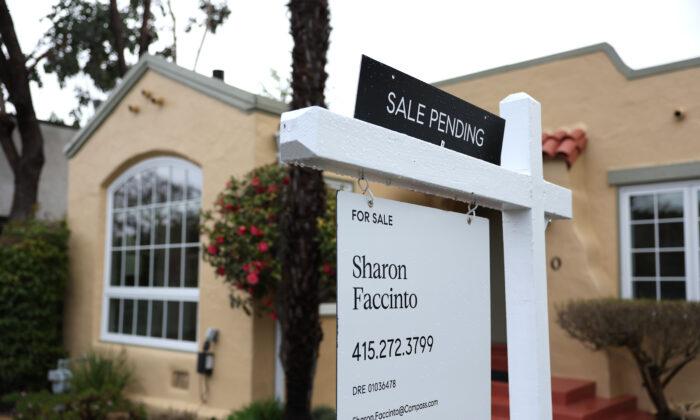Home prices rose in October as lackluster housing supply continues to prop up the U.S. real estate market despite higher mortgage rates.
Compared to the year-ago period, house prices rose by 6.3 percent.
Regionally, seasonally adjusted monthly price changes ranged from a 0.3 percent drop to a 1.1 percent gain.
“U.S. house price gains remained strong over the last 12 months,” Nataliya Polkovnichenko, the supervisory economist in FHFA’s Division of Research and Statistics, said in a statement.
“On a monthly basis, price appreciation moderated in October, with four divisions exhibiting slowdowns from the previous month.”
Now that mortgage rates are easing and the Federal Reserve has signaled the loosening of monetary conditions in 2024, “homeowners may be poised to see more appreciation,” said Brian Luke, head of commodities, real and digital assets at S&P Dow Jones Indices.
“We are experiencing broad-based home price appreciation across the country, with steady gains seen in 19 of 20 cities,” he said in the report. “This month’s report reflects trendline growth compared to historical returns and little disparity among cities and regions.”
Since the U.S. central bank revealed that it was planning for three rate cuts in 2024, Treasury yields have tanked, resulting in lower mortgage rates. For the week ending Dec. 21, the 30-year fixed mortgage rate stood at 6.67 percent, Freddie Mac data show.
Affordability Still an Issue
Housing affordability continues to be a significant issue in the U.S. real estate market.
In 2023, there were more than 596,000 listings identified as affordable, compared to more than 1 million in the previous decade.
Affordability collapsed by 40 percent from before the COVID-19 pandemic, and declined by 21 percent from a year ago, according to researchers.
“While the decline is partly due to a drop in listings in general—listings overall fell [by] 21.2 percent year over year—it’s also due to the fact that elevated mortgage rates and stubbornly high prices made the listings hitting the market more expensive,” the report states.
However, housing affordability is improving as mortgage rates ease and home price growth slows, according to Redfin Senior Economist Elijah de la Campa.
“Many of the factors that made 2023 the least affordable year for homebuying on record are easing,” he said. “Mortgage rates are under 7 percent for the first time in months, home price growth is slowing as lower rates prompt more people to list their homes, and overall inflation continues to cool. We’ll likely see a jump in home purchases in the new year as buyers take advantage of lower mortgage rates and more listings after the holidays.”
Some relief for prospective homebuyers is expected, as prices could decline by nearly 2 percent in 2024, according to a Realtor.com forecast.
The ratings agency anticipates residential property valuations could surge by as much as 3 percent in 2024 and 4 percent in 2025. This would exacerbate affordability challenges, impacting entry-level and first-time homebuyers since 88 percent of metro areas were already labeled as overvalued in the second quarter.

Supply Remains Tight
In addition to mortgage rates, a lack of supply has been a substantial contributor to higher prices in the housing market.While housing inventories in November jumped by 2.4 percent month over month, active residential listings are still 38 percent below the typical 2017 to 2019 levels.
The lack of inventory was most pronounced in the country’s largest areas, according to Danielle Hale, chief economist at Realtor.com.
“The number of homes for sale in the 50 largest metro areas in the U.S. decreased by 4.3 percent compared to last year, and inventory in this group of metro areas as a whole is 34.4 percent below pre-pandemic levels,” she said.
With an immense share of current homeowners who acquired their houses, townhouses, and condominiums at rock-bottom COVID-19 pandemic-era interest rates and lower prices, many of them have been unwilling to erect “for sale” signs on their front lawns.
Existing home sales have tumbled this year in eight of the past 11 months. Although new home sales have been mostly healthy in 2023, they plummeted by 12.2 percent last month.







